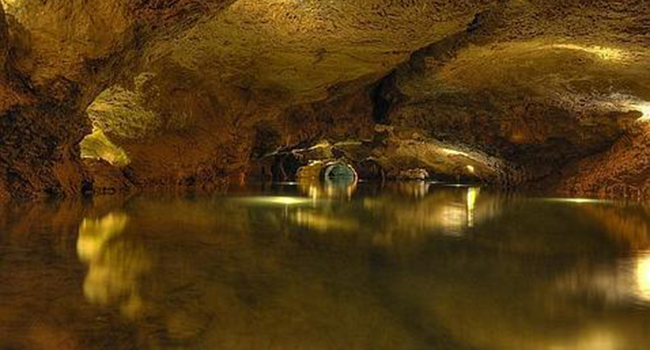There is always a moment of panic in mid-fall when you realize that the sun has begun to say goodbye. After warming us up day in, day out during the past months, the sun begins to prepare for winter break. Yes, it won’t leave us completely, but it will shine less often. Depending on where you live you will see it more or less, or maybe you might have the feeling that you do not see it at all! However, one thing is certain: after a few weeks, you begin to miss it. Where does the sun spend the winter?
The good thing about all this is that we don’t need to travel very far away to find it. The sun is like a retired Englishman who decided to spend the coldest months somewhere in southern Europe. If you are thinking of taking a break in order to feel its beams on your face again, these are 5 favorite European destinations for the winter sun-seekers:
